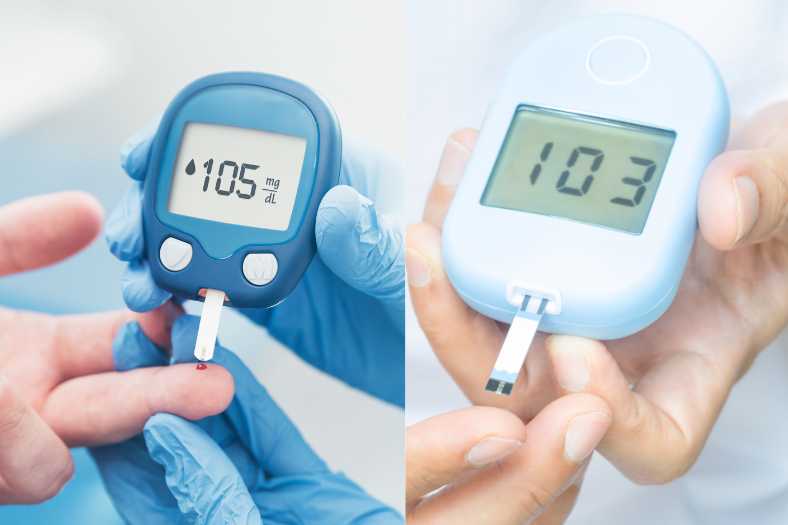Hypoglycemia occurs when blood sugar drops below normal levels (below 3.9 mmol/l). The body will then show symptoms such as heart rhythm disturbances, fatigue, dizziness, sweating, coldness, convulsions, deep coma, and even death if not treated properly and promptly.
When you see a patient with hypoglycemia, you need to quickly handle it in the following way:

Step 1: Check the patient's blood sugar level immediately
If a patient's blood sugar level is lower than 3.9 mmol/l, it means they have hypoglycemia.
Step 2: Supplement sugar for the patient immediately
Let the patient rest in place and immediately supplement sugar. You can give the patient a cup of warm milk mixed with sugar, then eat a few cookies or a few candies to quickly stabilize blood sugar.
After 15 minutes, you continue to check the patient's blood sugar. If the patient's blood sugar is still low, you need to add more sugar to the patient and take the patient to a medical facility for examination.
Step 3: Call emergency services if the patient has severe hypoglycemia.
Patients with severe hypoglycemia often have symptoms such as: coma, loss of consciousness, confusion...
Quickly call an ambulance and take the patient to the nearest hospital. Note, during this time, absolutely do not give the patient anything to eat or drink to avoid the risk of airway obstruction.











